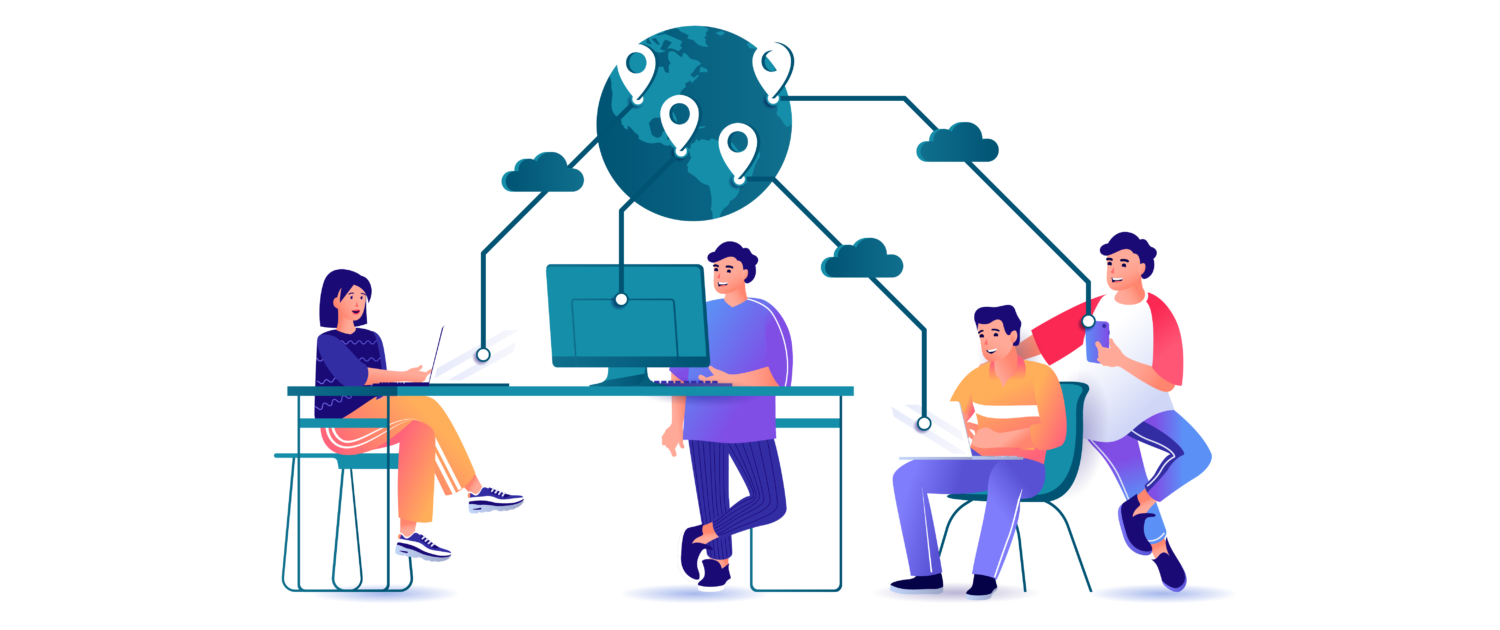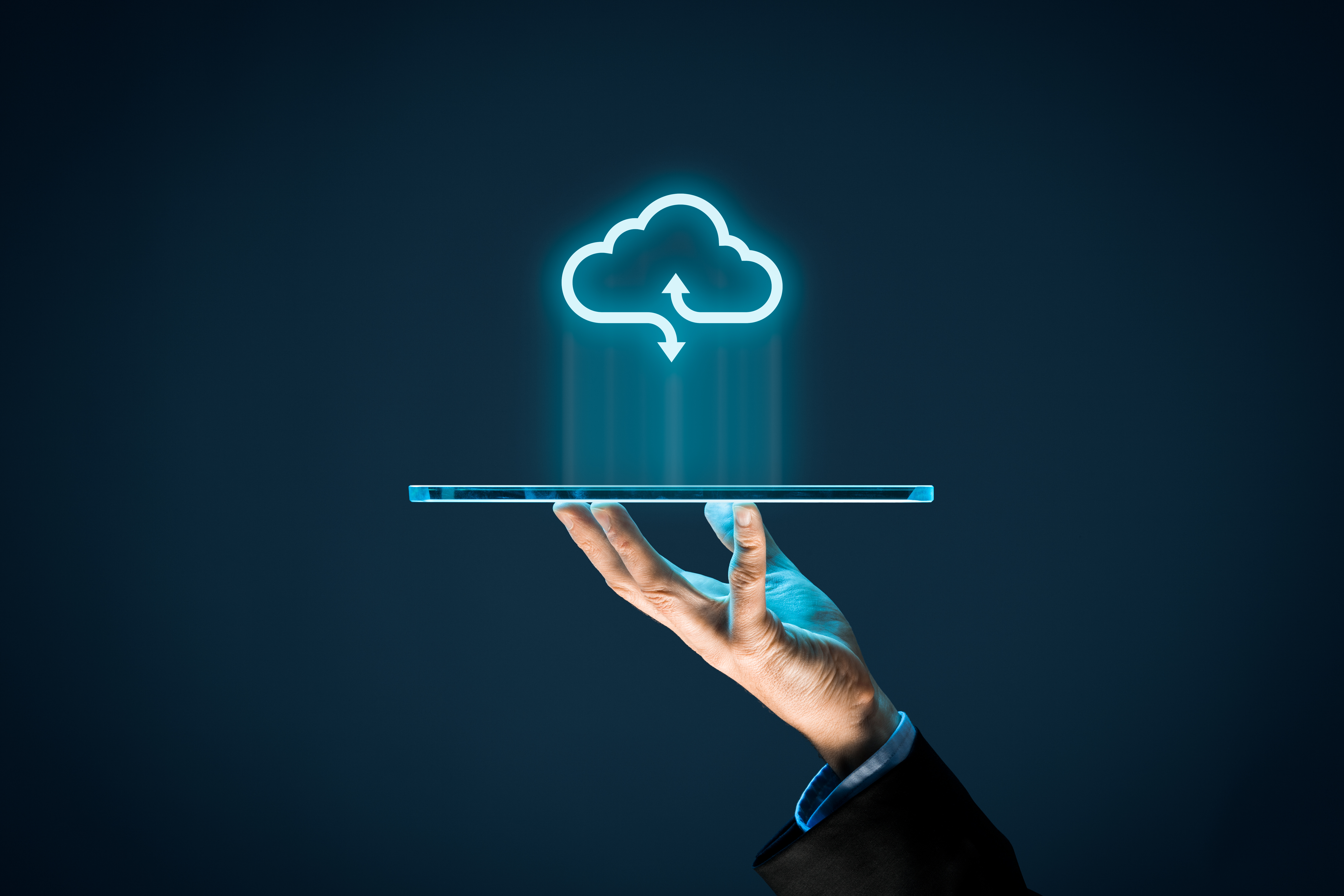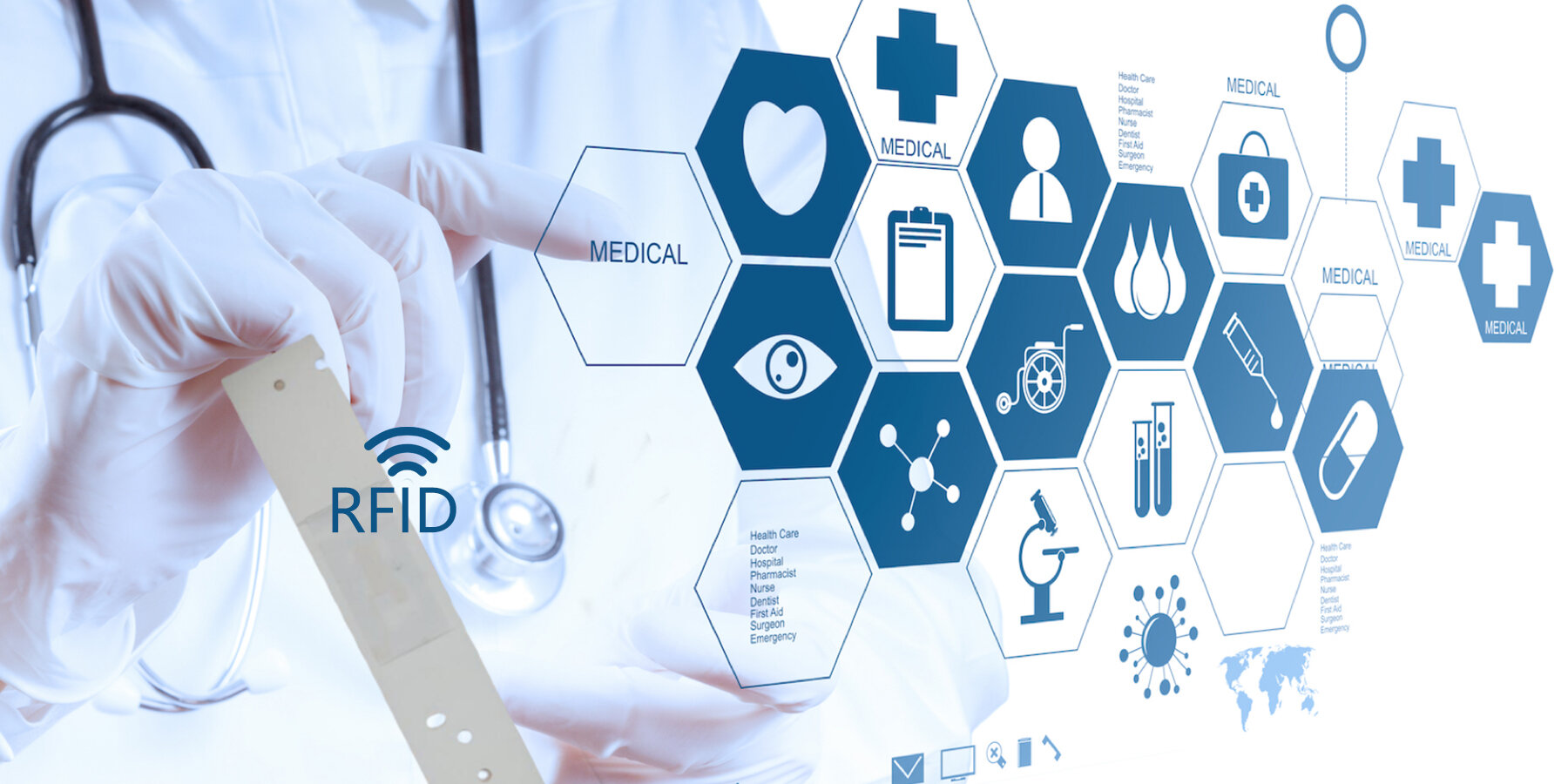Waterfall model: An ultimate guide updated in 2024

What is waterfall model?
Software engineering and product development are two fields that frequently make use of the waterfall model, which is a method of approaching the software development lifecycle (SDLC) that is linear and sequential.
The waterfall model is a software development life cycle (SDLC) approach that follows a logical succession of phases for a project, much like water pours over the brink of a cliff. During each stage of development, it establishes unique endpoints or goals for the project. After certain endpoints or goals have been accomplished, it is not possible to return to them.
The idea was first presented in a paper that was published in 1970 and was written by Dr. Winston W. Royce, who worked at the Lockheed Software Technology Center. The paper was about his experience designing software for satellites. On the other hand, Royce did not use the phrase waterfall; rather, he referred to the value that documentation provides in the downstream process.
In the field of industrial design, the waterfall model is still utilized in several applications. It is frequently referred to as the first technique for managing software development. Additionally, the model is utilized in a broader sense as a high-level project management methodology for initiatives that are complex and involve multiple aspects.
The waterfall model is utilized by project teams and project managers in order to accomplish goals that are based on the requirements of their organization. The model is utilized in a wide variety of scenarios involving project management, including those involving construction, manufacturing, information technology, and software development.
Within the framework of waterfall development, each step is dependent on the results of the step that came before it. The development of these initiatives follows a set pattern that can be described as linear.
As an illustration, the following three general steps are typically followed in the construction industry:
- The construction of a structure begins only once the physical design of the building has been created.
- The foundation of a building is poured prior to the skeleton of the building being constructed.
- Before the walls of the structure are constructed, the skeleton of the building is put together.
- During the process of constructing a product on a manufacturing line, the processes are carried out in a regulated order and consecutively until the final deliverable is generated.
However, in comparison to other development approaches, the waterfall model does not include the end-user or client of a project to the same extent. It is common practice to solicit feedback from users during the preliminary stages of gathering and specifying requirements, and then to incorporate that feedback afterward. When using the waterfall methodology, the development team is able to move more swiftly through the phases of a project because the client is not involved in the primary part of the process.
Teams and projects that desire to build a project in accordance with fixed or unchanging requirements that were established at the beginning of the project are suitable candidates for this methodology. Projects that follow the waterfall model have a high degree of process clarity and there is minimal to no unpredictability in the output. Choosing the waterfall model is also an excellent option if the project is limited in terms of either time or money.
The waterfall approach ensures that projects are clearly defined, that they are predictable, and that they have particular documentation available. The following are some of the features that they possess: a set of predetermined requirements, an abundance of resources, a predetermined timetable, technology that is well-known, and a low probability of requiring significant adjustments.
In software development, the waterfall model is an appropriate choice since it is designed to accomplish the objective of ensuring that an application is functional on the very first attempt, even if doing so could result in the loss of clients. Compare and contrast this with the Agile technique for project management and development work. Continuous reiteration is an iterative strategy that is utilized by agile methodologies. This approach incorporates the process of designing, building, and testing software in cycles that are repeated and built upon each other.
Phases of the waterfall model
The seven stages that make up the waterfall model are as follows when it is applied to the process of software development
Requirement
A formal requirements document, also known as a functional specification, is created by analyzing potential requirements, project deadlines, and guidelines. At this stage of development, the project is defined and planned; specific processes are not mentioned.
Analysis. To create product models and business logic to direct production, the system specifications are analyzed. At this point, the viability of the technical and financial resources is also examined.
Design
Technical design requirements, including those for the programming language, hardware, data sources, architecture, and services, are outlined in a design specification document.
Implementation and coding
Models, logic, and requirement specifications from earlier phases are used to develop the source code. Before being assembled, the system is usually coded in smaller units, or components.
Testing
Here's where problems that need to be fixed are found through quality assurance, unit, system, and beta testing. This could result in having to go through the coding phase again for debugging. The waterfall process proceeds if the system passes integration and testing.
Deployment and operation
After being determined to be completely functional, the application or product is put into a live environment.
Maintenance
To update, improve, and expand the product's functionality, corrective, adaptive, and perfective maintenance is done continuously. This might entail the release of new versions and patch updates.
Benefits of the waterfall model
The waterfall approach is frequently replaced with the agile technique in today's organizations. There are, however, a number of benefits associated with the waterfall model, including the following:
- Enables large or changing teams to move toward a common goal that's been defined in the requirements stage;
- Forces structured, disciplined organization; simplifies understanding, following and arranging tasks;
- Facilitates departmentalization and managerial control based on the schedule or deadlines;
- Reinforces good coding habits to define before implementing design and then code;
- Enables early system design and specification changes to be easily done;
- Clearly defines milestones and deadlines.
Some drawbacks of using the waterfall model
The risk that is linked with a lack of revision and flexibility is often the primary focus of the disadvantages that are associated with the waterfall model. The following are some examples of specific issues:
- The design process is not adaptive; when a flaw is discovered, it is frequently necessary to begin the process all over again.
- The method does not take into account the feedback of users or clients during the process, and it makes adjustments based on the outcomes.
- Testing is postponed until the very end of the development lifecycle when using the waterfall methodology.
- There is no consideration given to error correction.
- It is not possible to handle requests for revisions, adjustments to the scope, or updates effectively with the methodology.
- As a result of the waterfall model's inability to allow processes to overlap for simultaneous work on distinct stages, overall efficiency is reduced.
- Up to the final stages of the project lifetime, there is no product that is now in workable condition.
- When it comes to complex and high-risk ongoing initiatives, the waterfall model should be avoided.
Conclusion
The waterfall model is now less popular, as software development teams today often use Agile and DevOps methodologies instead of it. However, it is still the foundation for new development models in the present and future. With Axalize, you do not have to worry about which model to follow because we have got you back. With a professional team, Axalize is confident in delivering the best IT solutions with the most suitable model, whether it is agile, or scrum, etc.


